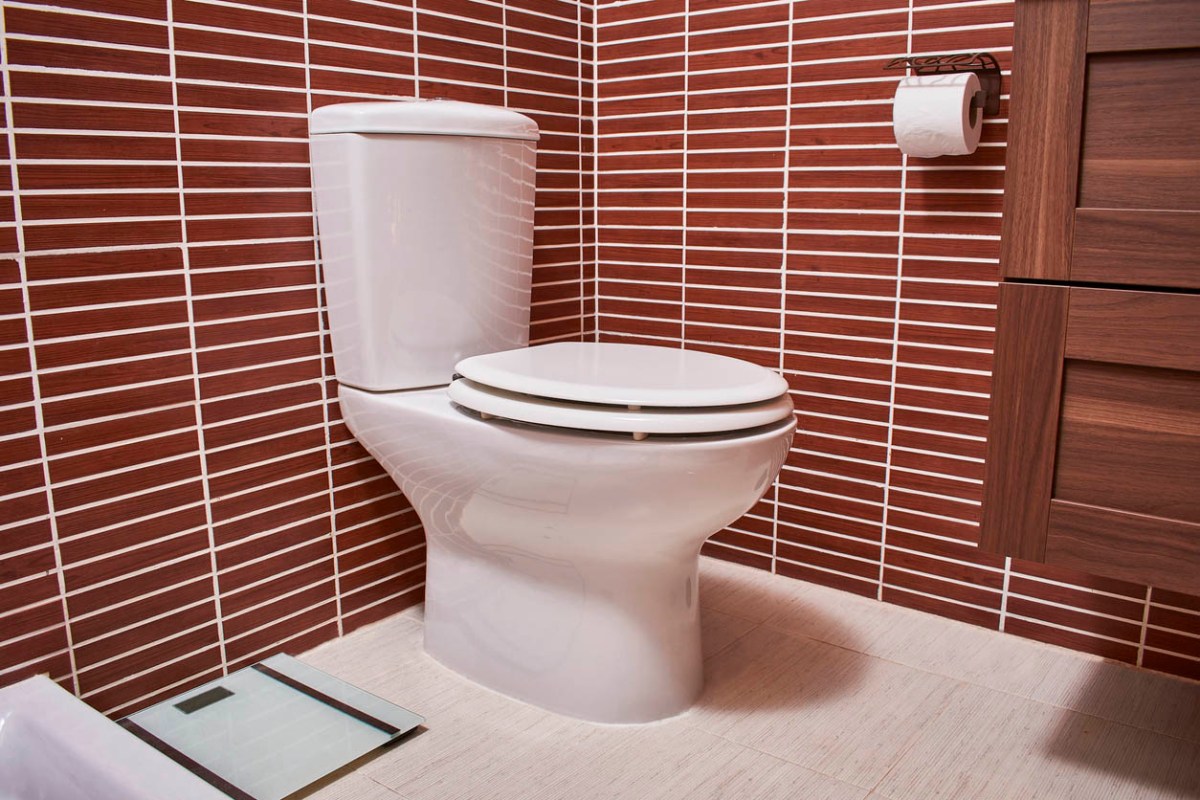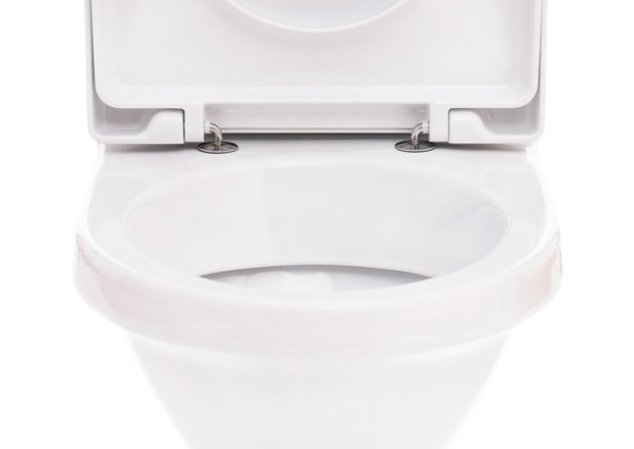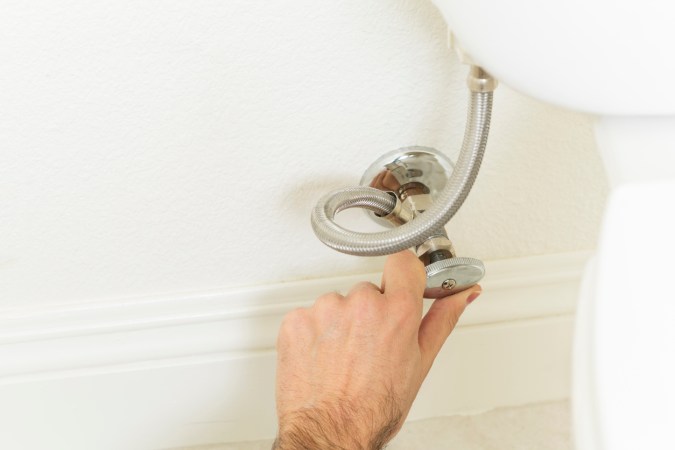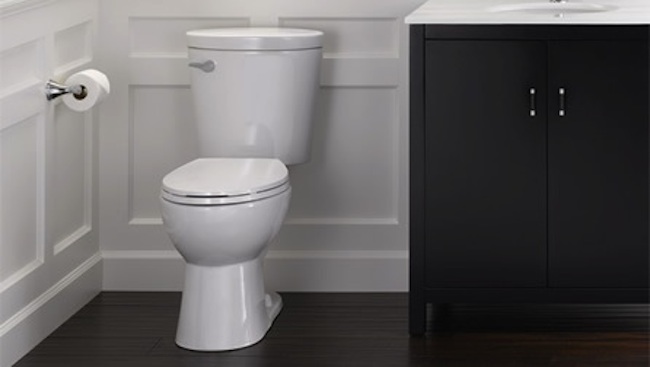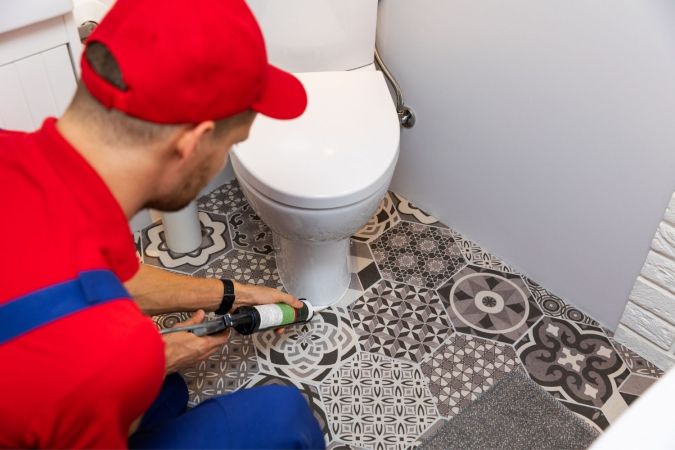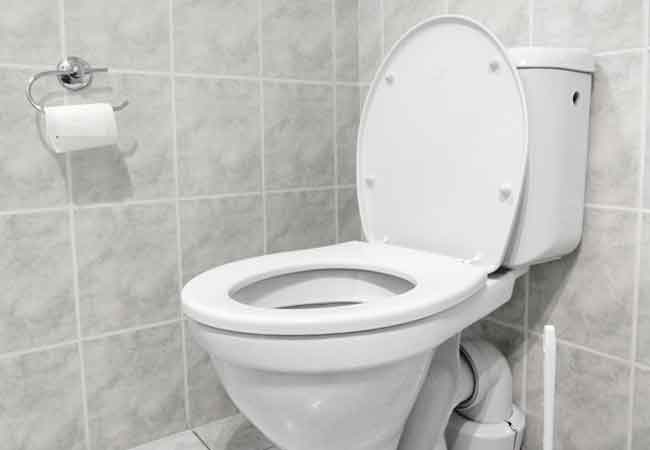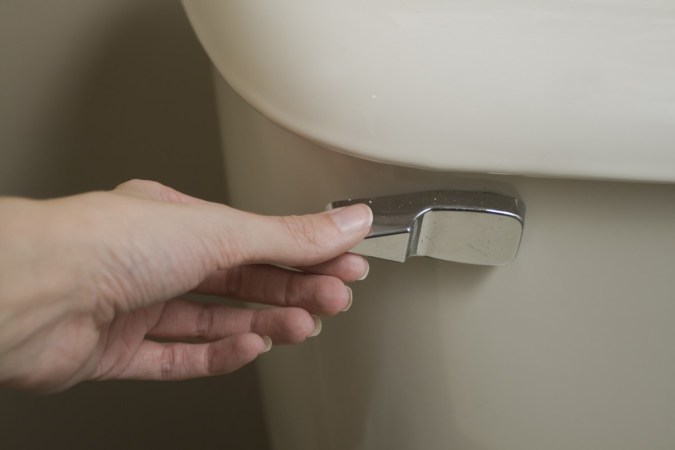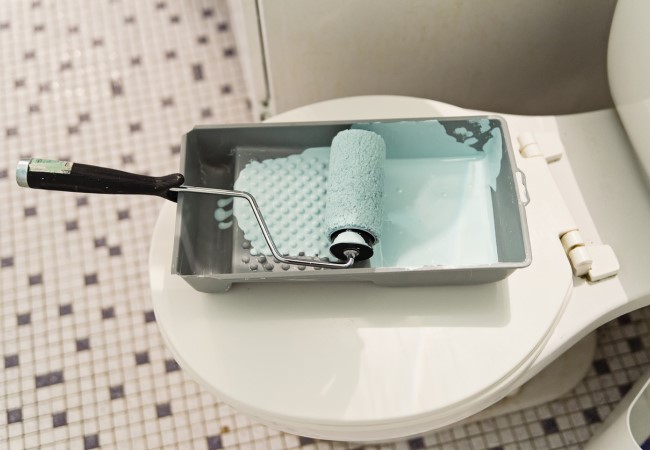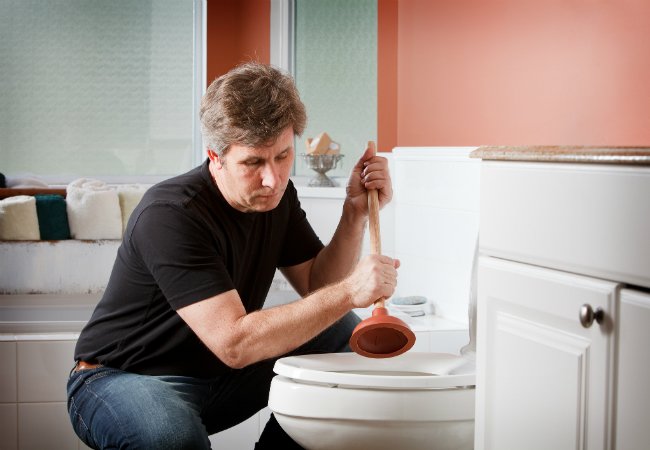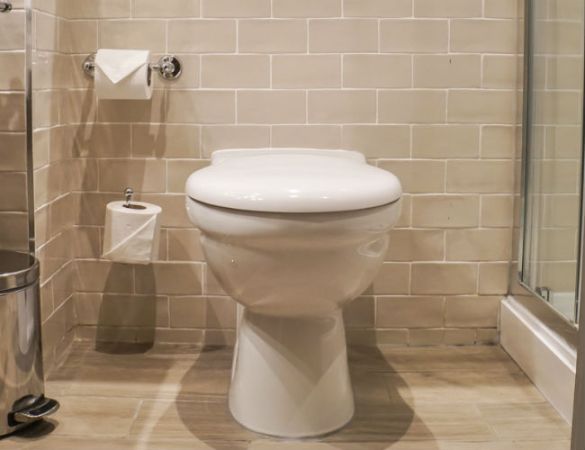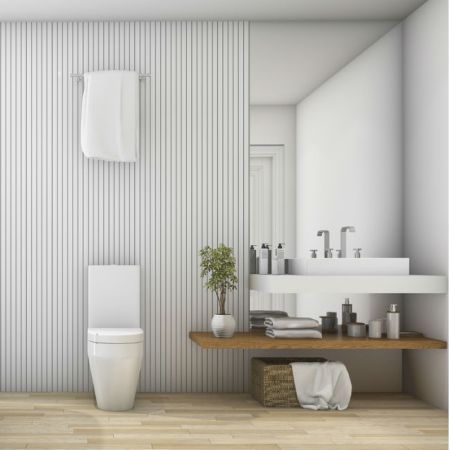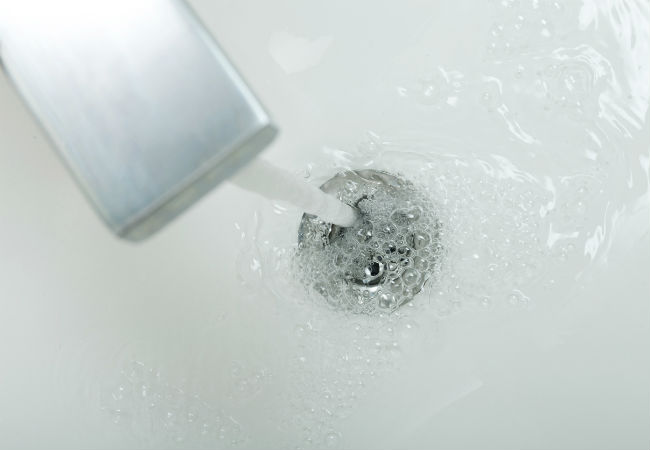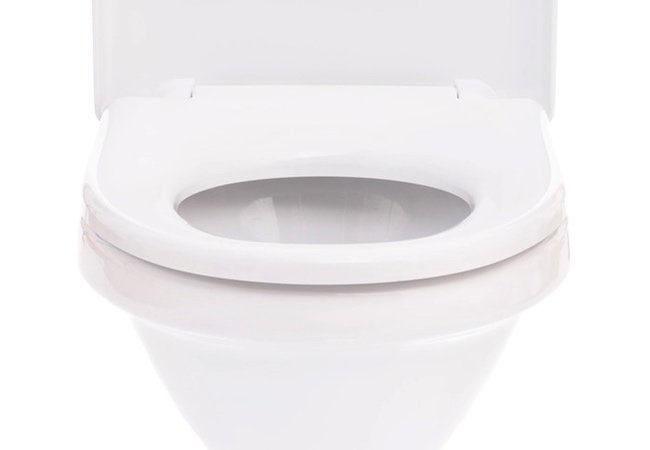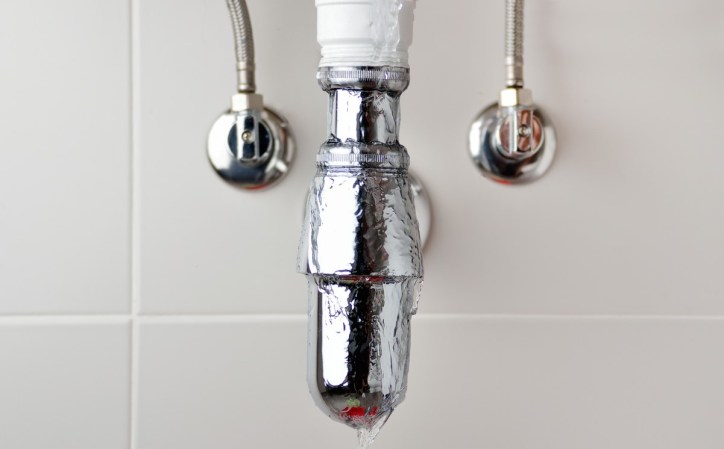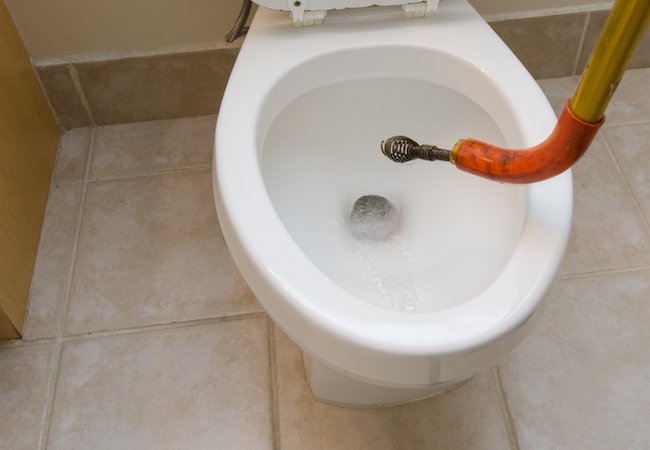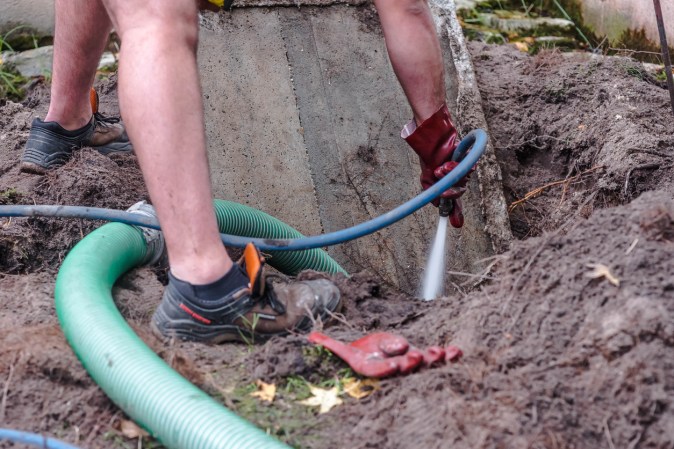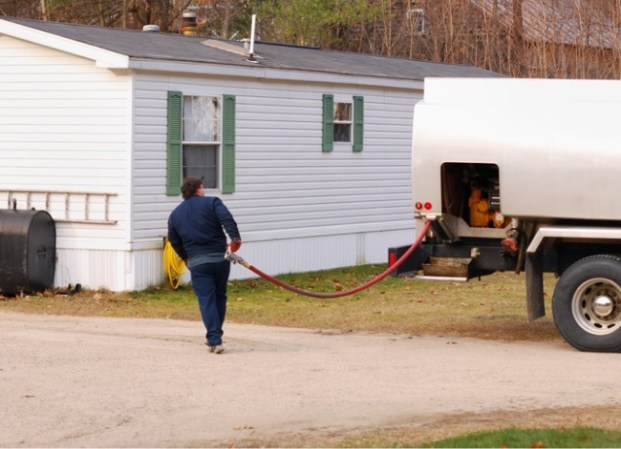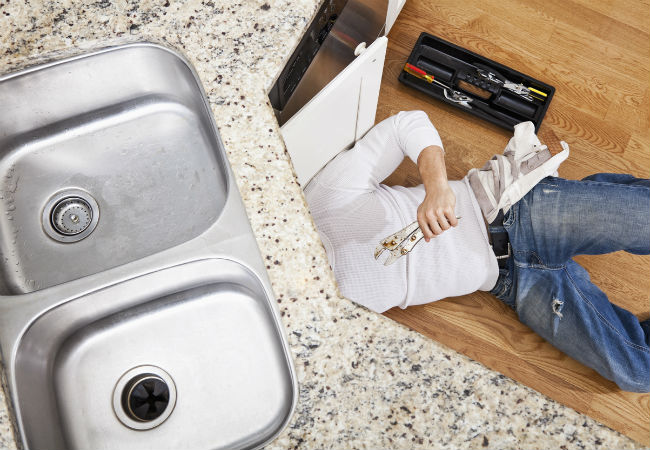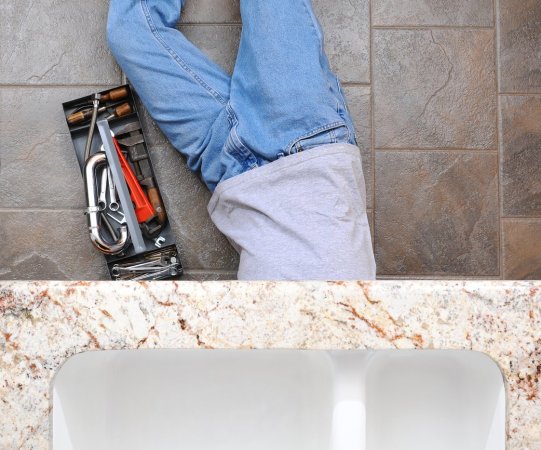We may earn revenue from the products available on this page and participate in affiliate programs. Learn More ›
Q: For a few days now, I’ve noticed my toilet tank is sweating, and it’s starting to drip and discolor the wall behind the toilet. Why is my toilet tank sweating, and what can I do?
A: When temperatures outside begin to rise, the temperature inside the home does, too. This is especially true in bathrooms where there’s more moisture and often less ventilation. When humidity lingers inside a bathroom and it hits the cold porcelain toilet tank, it creates condensation. Although this is a seemingly small problem, it can cause damage to flooring or drywall and potentially lead to mold if it’s not addressed.
Thankfully, there are some clear answers about why a toilet tank sweats and some steps you can take, such as reducing the humidity in the air, insulating the tank, or installing an anti-sweat valve. If the issue has lasted for too long, you may need to contact a professional to install a dehumidifier or remediate any mold or water damage.
The bathroom’s humidity is too high.
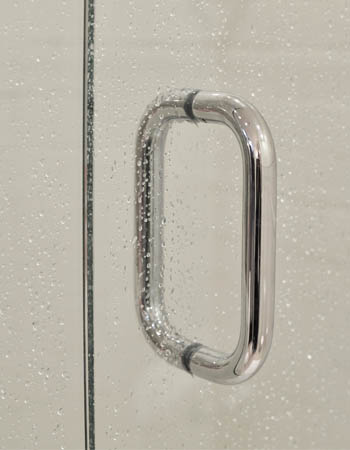
The main reason a toilet tank sweats is because there’s too much humidity in the bathroom. Thanks to baths and showers, bathrooms are usually the moistest room in the house. They also don’t readily receive a lot of ventilation (especially if you don’t have a ventilation fan). When eliminating toilet tank sweat, aim to reduce the humidity in the bathroom. It’s advised to dry out the room with either an air conditioner or dehumidifier to make the surrounding air cooler and wick away excess moisture. Regularly running air conditioning units or dehumidifiers, especially on extra humid days, will help reduce condensation on the toilet tank. If whole-house humidity is a consistent issue causing you discomfort, contact an HVAC professional to discuss a whole-house dehumidifier.
You don’t have an anti-sweat valve.
Even in the hottest conditions, an anti-sweat valve can help prevent your toilet tank from sweating. These valves work specifically to add hot water to your toilet’s water line, which will raise the temperature in the toilet to heat both the tank and the bowl. Because it works to equalize the temperature between the toilet and the room, an anti-sweat valve can keep condensation at bay and prevent further damage from occurring in your bathroom. Since this can be a more complex process that requires some knowledge of piping, it’s best left to a professional plumber.
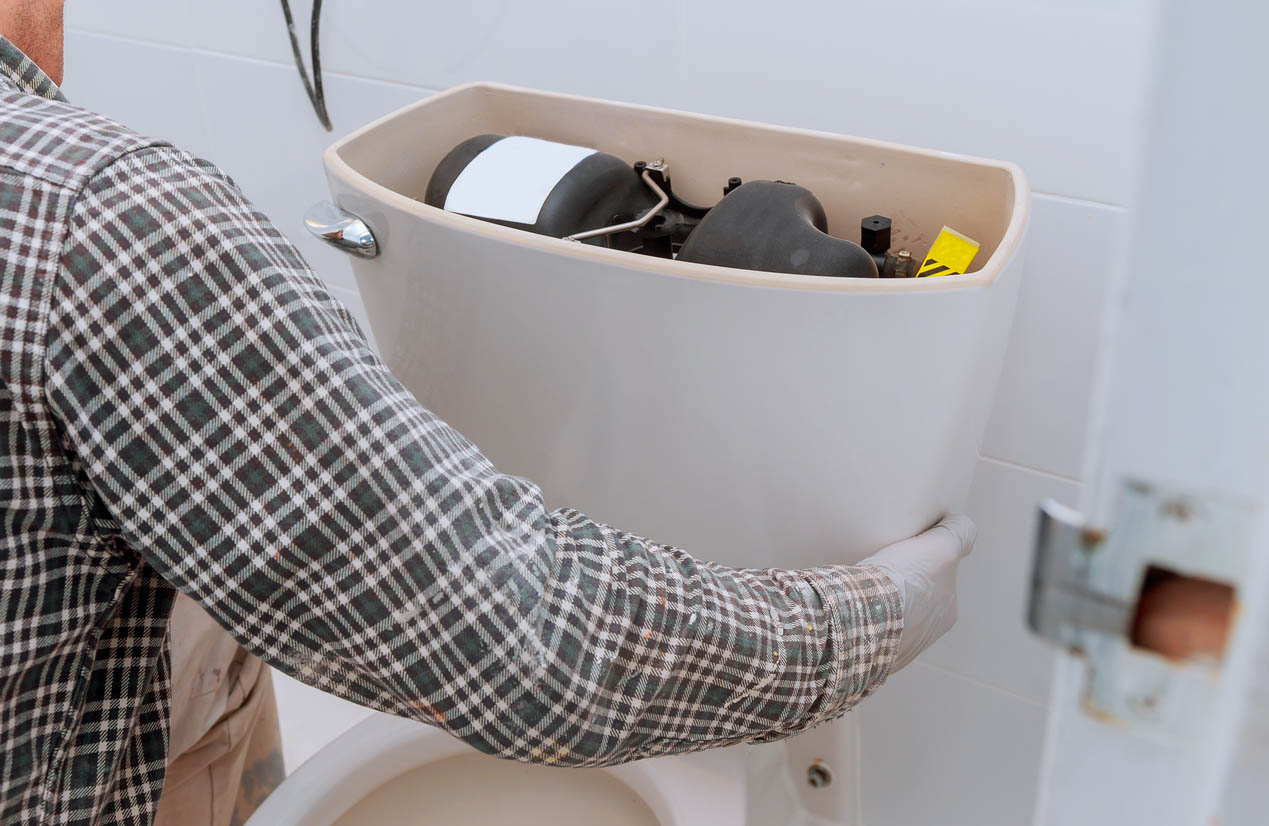
Your tank needs insulation.
Insulating a toilet is an option that many homeowners might not know exists. Still, an insulated toilet can be beneficial in hot, humid locales where toilet tank sweating can be a constant problem. Most major toilet manufacturers have an option with insulation, but you can also try a DIY solution. It turns out the bubble wrap you’re accustomed to seeing in packages is good for more than just keeping box contents secure—it also comes in handy if your toilet tank is sweating. With the buildup of condensation in your toilet, insulation between the water and the toilet tank can help reduce the moisture. You can place bubble wrap around the inside of the toilet, creating a layer between the toilet tank and the water. If you don’t have bubble wrap on hand, rigid or flexible foam insulation works, too. Stores also offer insulation kits for your toilet tank. Be wary, though: Some plumbers don’t recommend these DIY solutions as they can be less effective than dehumidifiers, anti-sweat valves, or real insulated toilets.
The flapper could be leaking.
A leaky flapper could also be the cause of extra sweat dripping down your toilet tank. To see if the flapper is the culprit, you can add food coloring to the water in your toilet tank. After adding the food coloring, wait about an hour and then check the flapper to see if the color shows up in your toilet bowl. If it does, it’s likely your flapper is leaking and needs to be replaced. Replacing a flapper is a straightforward fix for a plumbing professional.
You need a new toilet.
If all else fails, or the toilet has seen better days, it may be time to install a new toilet. While homeowners can attempt to replace a toilet themselves, toilets are bulky, and messing up the installation can have worse consequences than a sweating toilet tank. There are plenty of options to choose from when selecting a replacement, including insulated and eco-friendly low-flow toilets. You may spend more to install a new toilet, but its efficiency could save more money in the long run as a result of a smaller water bill.

